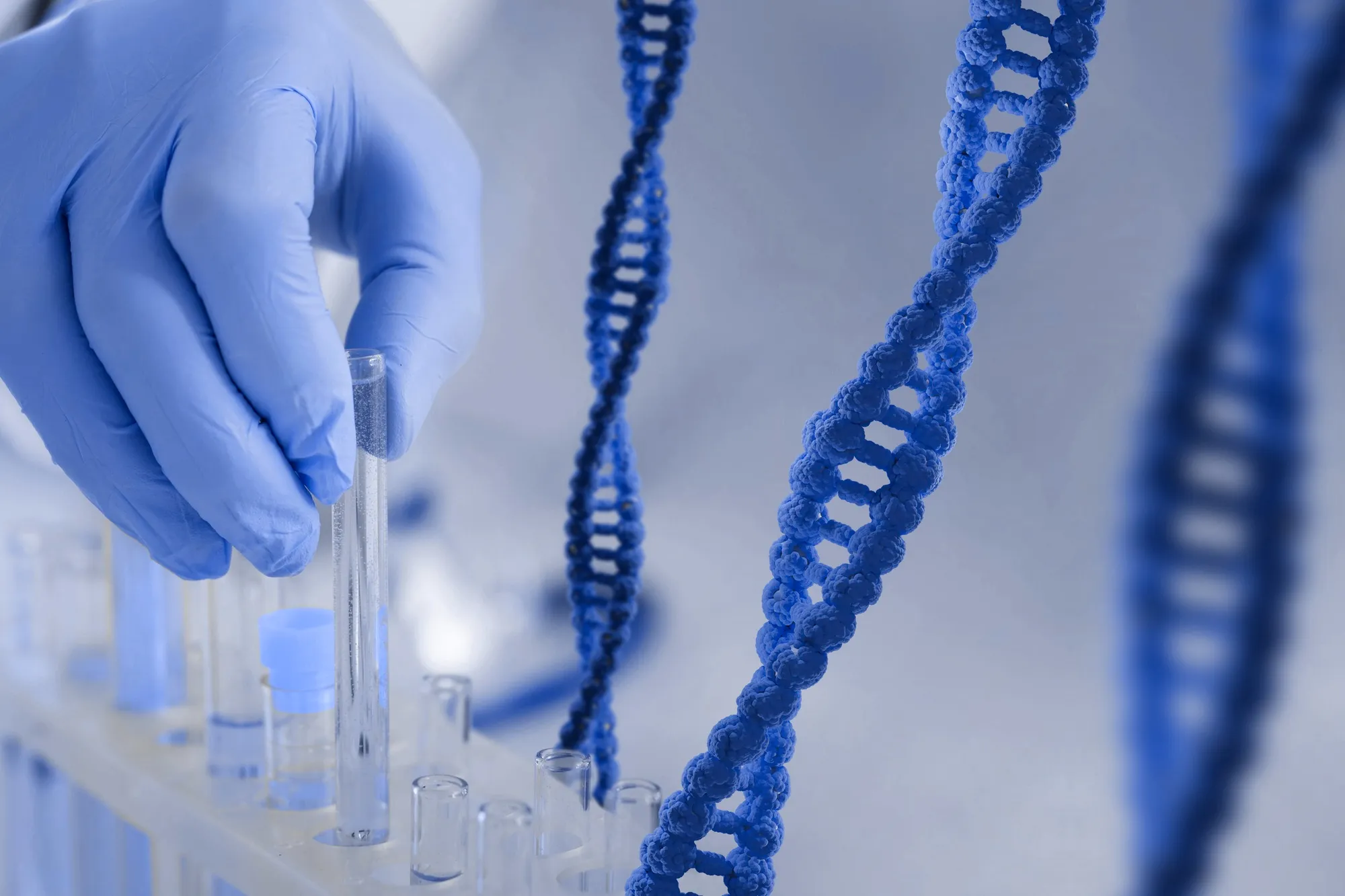Introduction
Deep beneath the Ocean’s surface, nestled within the intricate ecosystems of hydrothermal vents, lie microorganisms exhibiting remarkable evolutionary traits. One Genus that stands out among these microbial communities is the Hydrogenovibrio, known for their obligate sulfur-oxidizing chemolithoautotrophic lifestyles. Recently, researchers have unearthed tantalizing clues suggesting the presence of horizontal gene transfer (HGT) shaping their ability to convert hydrogen, shedding light on the adaptive mechanisms these strains employ to thrive in their extreme environments. This article delves into the groundbreaking study that explores the genomic intricacies of two Hydrogenovibrio strains, SP-41 and XCL-2, where the acquisition of hydrogen conversion ability represents a puzzling evolutionary trajectory.
Background
Hydrogenovibrio crunogenus, historically associated with sulfur oxidation, has sparked scientific curiosity with the discovery of a hydrogenase gene cluster suggesting an additional role in hydrogen conversion. Strain XCL-2 was the first sequenced strain with this gene cluster, yet experiments revealed its incapacity to utilize hydrogen under test conditions. Parallel investigations into strain SP-41 revealed a homolog of the XCL-2 hydrogenase and, intriguingly, the capability to utilize hydrogen. The question then arose: what genetic modifications enable SP-41 to consume hydrogen, while XCL-2 cannot?
The Study
The study, led by Giorgio Gonnella from Universität Hamburg, and Mirjam Perner from GEOMAR Helmholtz Center for Ocean Research, and their colleagues, presents a comprehensive comparative genomic analysis of strains SP-41 and XCL-2. Published in BMC Genomics with the DOI 10.1186/s12864-019-5710-5, the research was funded by the Deutsche Forschungsgemeinschaft and has ignited discussions in the microbiology realm.
Key Findings
SP-41’s chromosome harbors an additional hydrogenase gene cluster not present in XCL-2. This cluster includes two novel hydrogenases: a periplasmic membrane-anchored hydrogenase (group 1d) and a sensory hydrogenase (group 2b). These findings suggest HGT from other Hydrogenovibrio species, such as H. thermophilus and H. marinus, as a potential mechanism behind SP-41’s hydrogen conversion ability.
The study indicates that the horizontally transferred gene region bears significant similarity to these related species, underscoring the evolutionary significance of HGT in habitat adaptation. This gene acquisition not only endowed SP-41 with hydrogen conversion but also equipped it with corresponding maturation and assembly machinery to express the trait efficiently.
Implications
The discovery has profound implications for understanding how microorganisms adapt to extreme environments. It suggests that HGT facilitates rapid acquisition of functions critical for survival, such as energy utilization pathways, aligning with the broader ecological dynamics of hydrothermal vents.
The findings also have potential biotechnological implications, highlighting hydrogenases as potential targets for bioengineering efforts aimed at sustainable energy production.
References
1. Gonnella, G., Adam, N., & Perner, M. (2019). Horizontal acquisition of hydrogen conversion ability and other habitat adaptations in the Hydrogenovibrio strains SP-41 and XCL-2. BMC Genomics, 20(339). DOI: 10.1186/s12864-019-5710-5
2. Hansen, M., & Perner, M. (2015). Reasons for Thiomicrospira crunogena’s recalcitrance towards previous attempts to detect its hydrogen consumption ability. Environmental Microbiology Reports, 8(1), 53-57. DOI: 10.1111/1758-2229.12324
3. Scott, K. M., et al. (2006). The Genome of Deep-Sea Vent Chemolithoautotroph Thiomicrospira crunogena XCL-2. PLoS Biology, 4(12), e383. DOI: 10.1371/journal.pbio.0040383
4. Kuenen, J. G., & Veldkamp, H. (1972). Thiomicrospira pelophila, gen. n., sp. n., a new obligately chemolithotrophic colourless sulfur bacterium. Antonie van Leeuwenhoek, 38(1), 241-256. DOI: 10.1007/BF02578898
5. Brazelton, W. J., & Baross, J. A. (2010). Metagenomic comparison of two Thiomicrospira lineages inhabiting contrasting deep-sea hydrothermal environments. PLoS ONE, 5(10), e13530. DOI: 10.1371/journal.pone.0013530
Keywords
1. Hydrothermal vent adaptations
2. Hydrogenase gene transfer
3. Horizontal gene transfer in bacteria
4. Chemolithoautotrophic microorganisms
5. Hydrogen conversion in Hydrogenovibrio
Closing Remark
The account of the Hydrogenovibrio strains SP-41 and XCL-2 exemplifies nature’s extraordinary efficiency in honing survival mechanisms through horizontal gene transfer. It offers a glimpse into the plasticity of life in the face of environmental extremes and compels researchers to ponder the vast untapped potential that lies in microbial studies.
